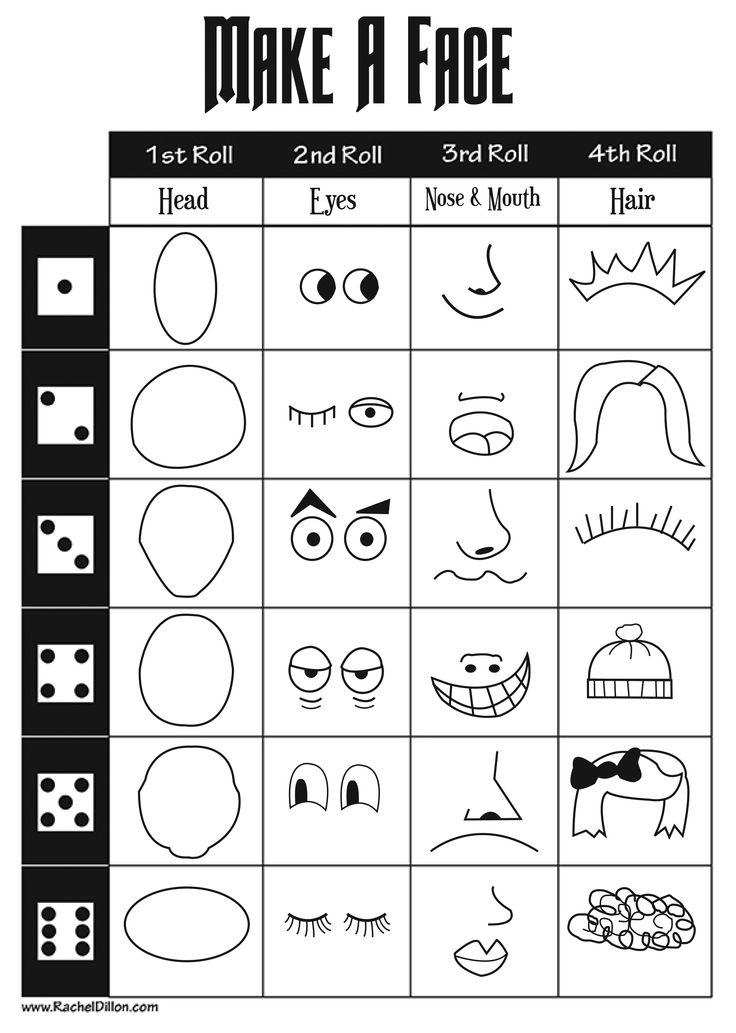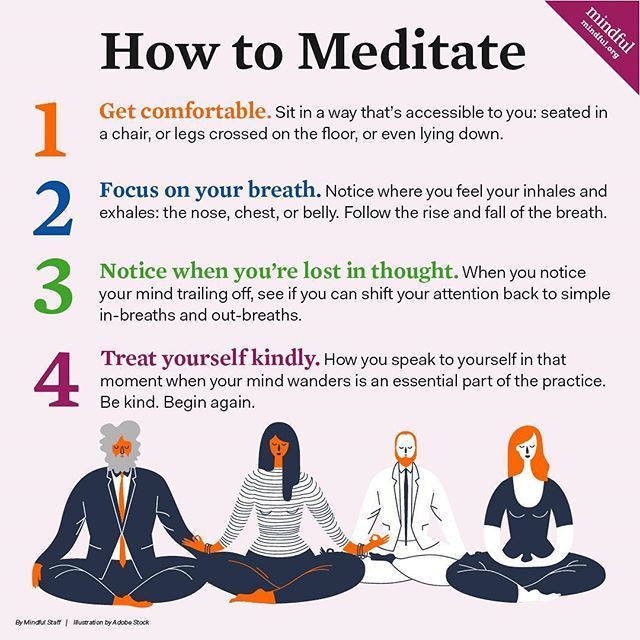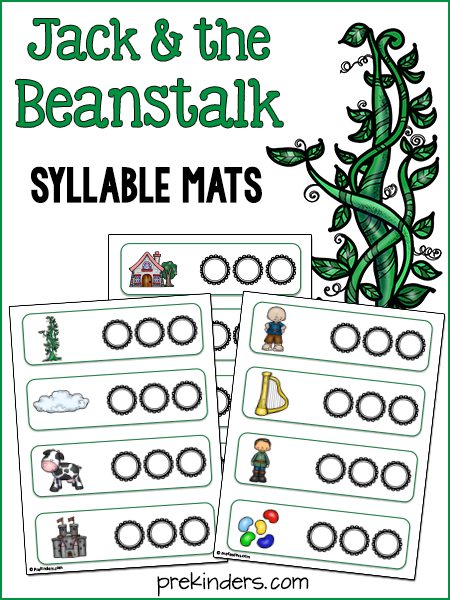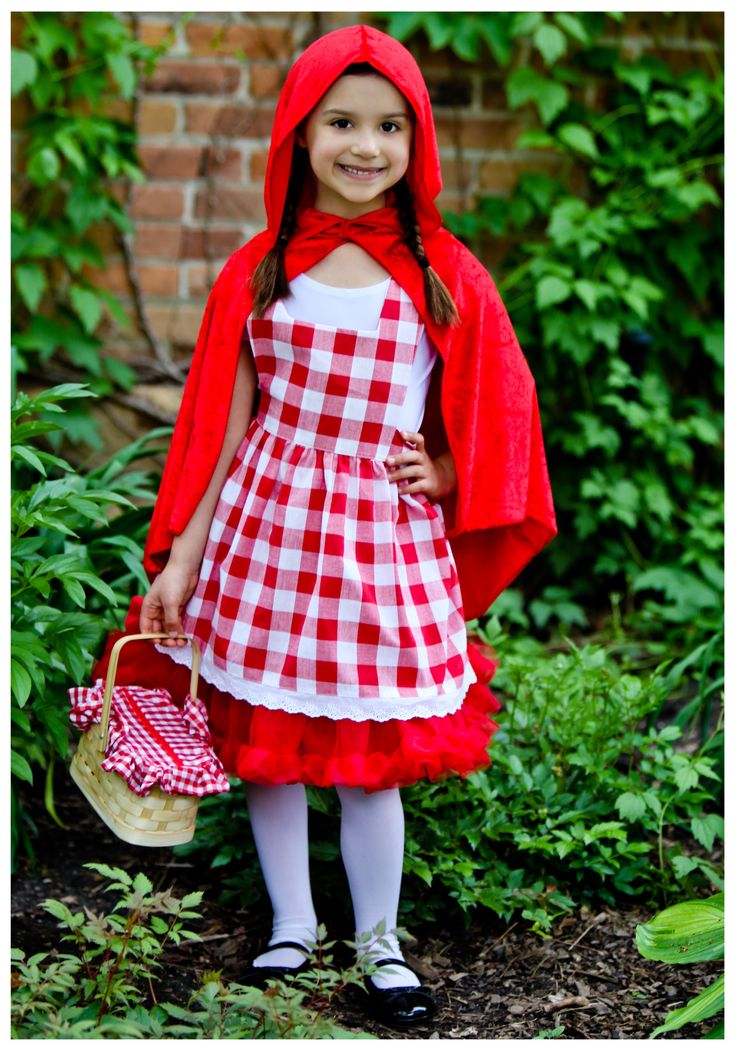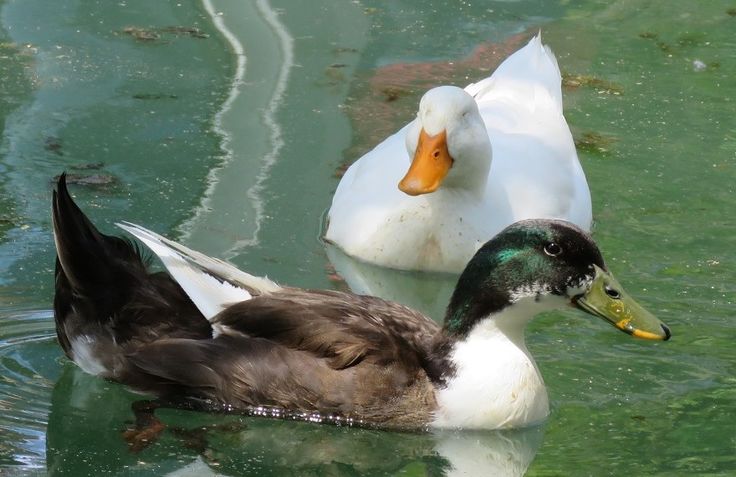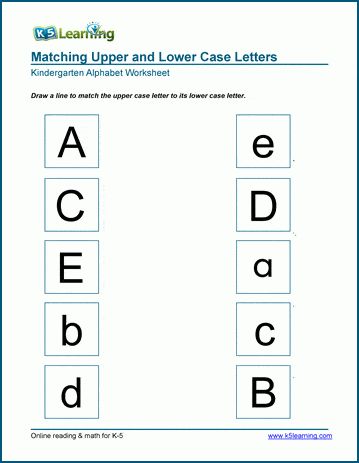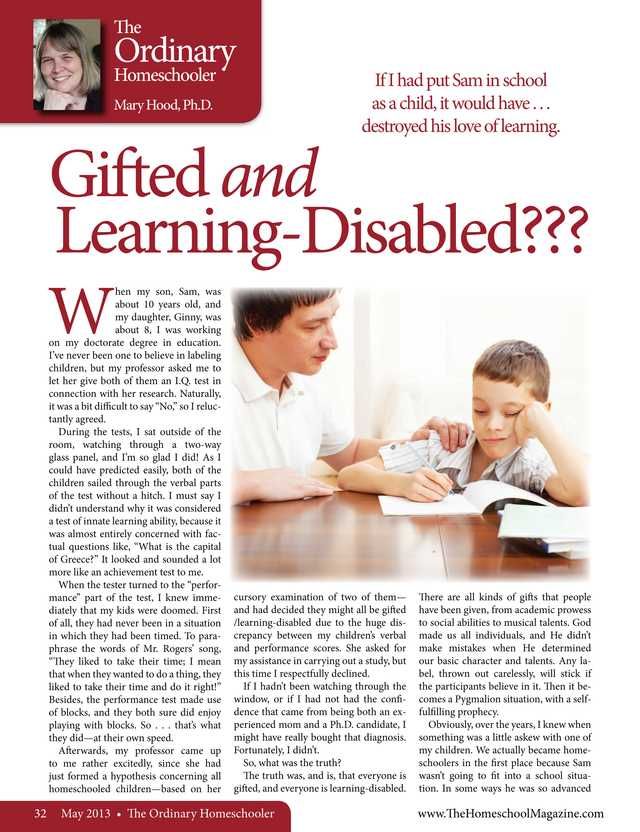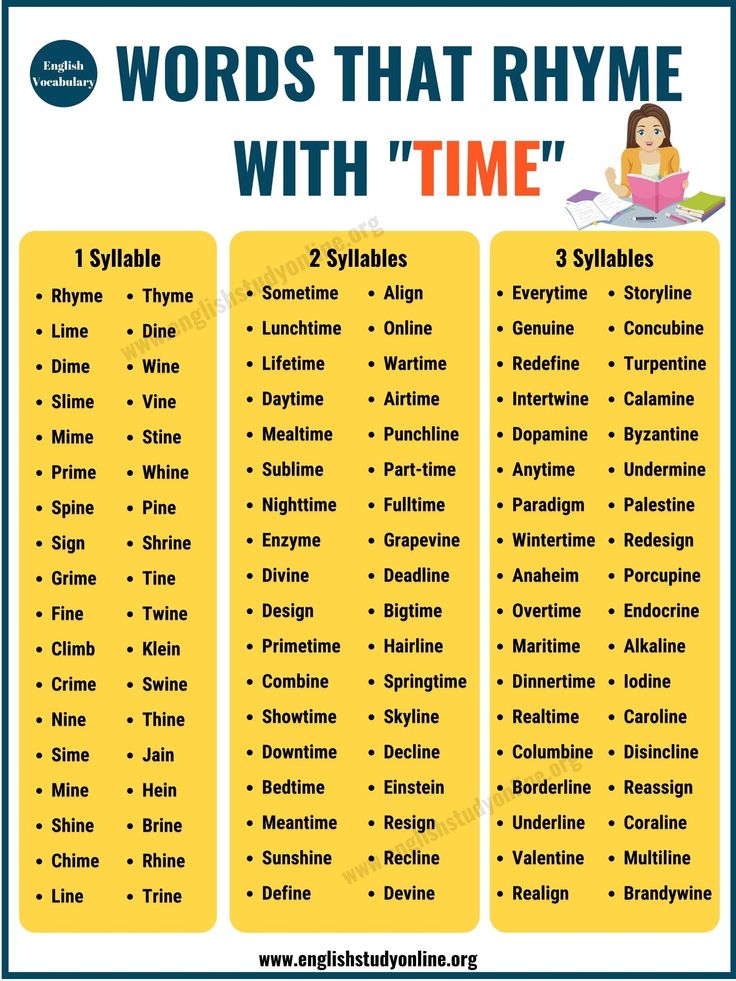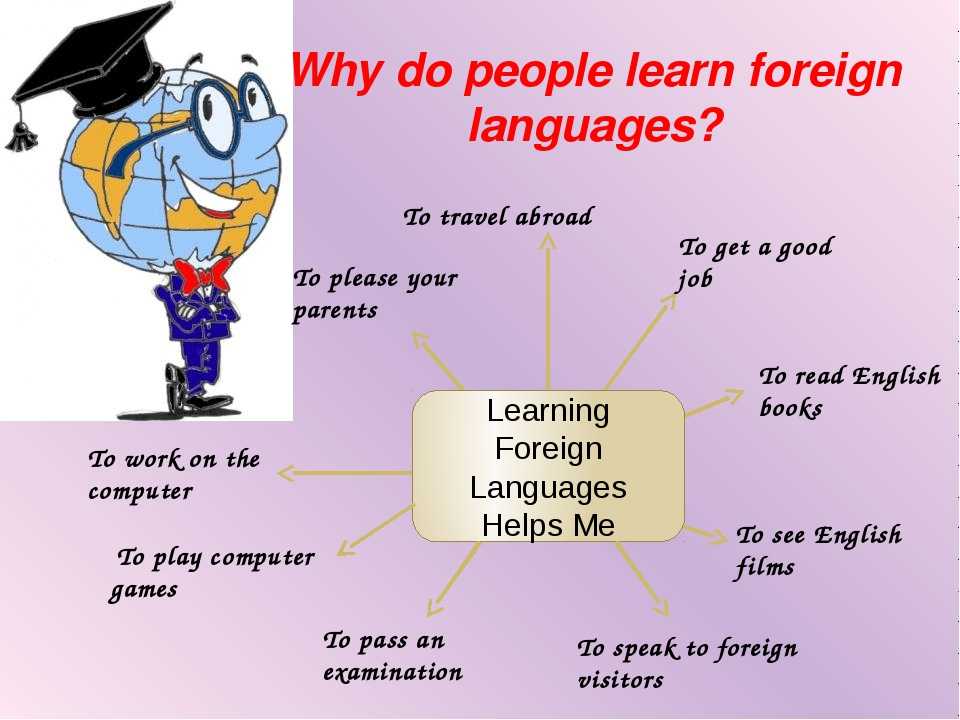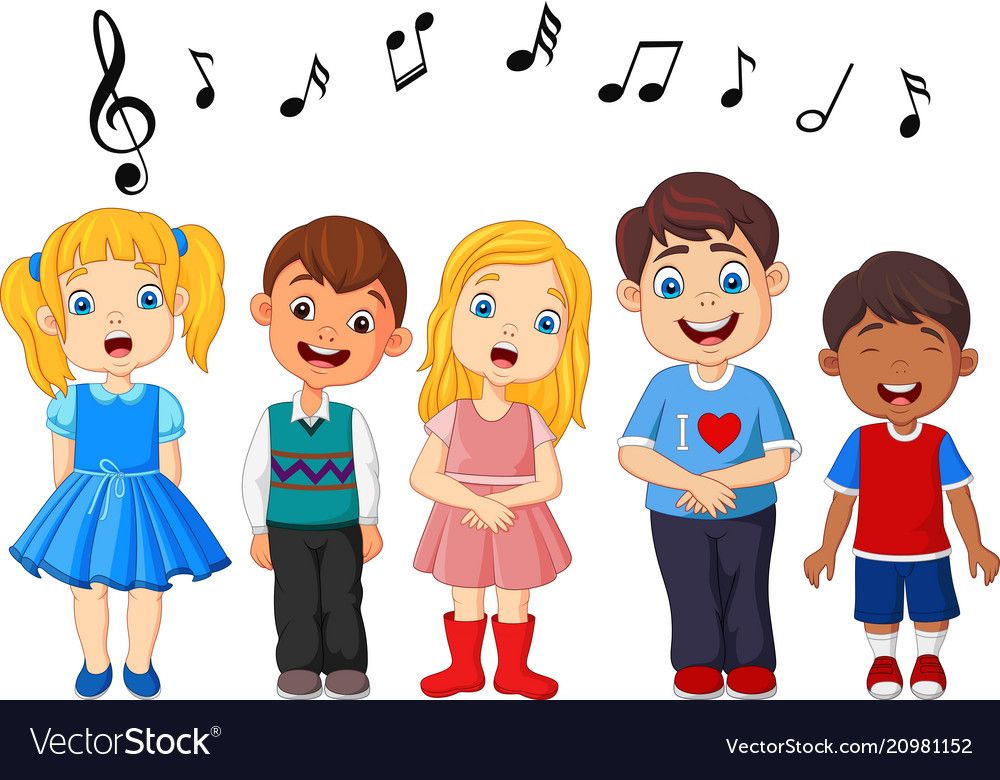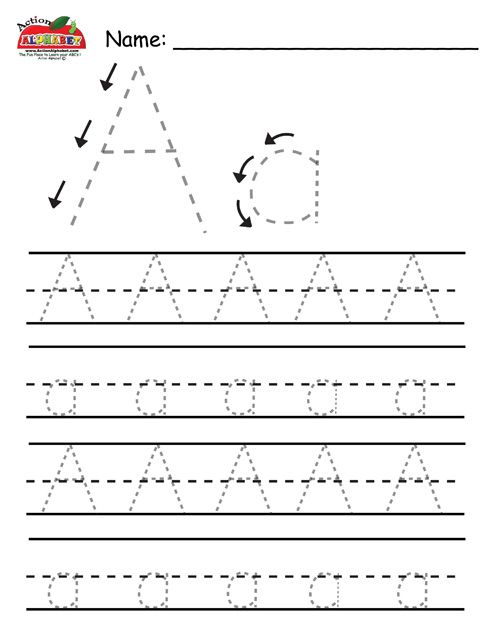Draw what you hear activity
13 Listen And Draw Activities
Listen-and-draw activities are excellent practice for students to learn how to follow directions, pay attention to detail, and use their imagination to create a picture. These activities are also great for teaching English as a second language! Read on to find 13 incredible listen-and-draw activities that you can complete with your students in preschool, elementary school, or even secondary school!
Preschool Listen and Draw ActivitiesPreschools are just learning to draw, and some may struggle to follow directions. Practice following directions and develop fine motor skills with the following 4 listen and draw activities.
1. Listen and ColorThis preschool listen and color activity is a great way to practice colors and vocabulary. Students will follow oral directions and use colored pencils or crayons to color the picture.
Learn more: Ohio 4H
2. Animals Listen and ColorPreschoolers love animals, so try this cool listen and color resource. Students will have to identify each animal by using their active listening skills before coloring the animals in the correct sequence.
Learn more: Gru Languages
3. Online Listen and Learn Color GameThis game is perfect for online classes students. It is a pre-made digital activity that requires students to listen to step-by-step directions and complete the drawings with the correct colors and numbers.
Learn more: Teachaboo
4. Listen and Color Through The YearLooking for more than one listen and color activity? This bundle provides various resources for teachers to use throughout the year based on themed listening practice.
Learn more: Inspired Elementary
Elementary Listen and DrawTeaching English vocabulary can be difficult, but not with these ESL listen-and-draw resources! You can also teach a variety of concepts to your elementary students regarding listening and attention to detail with these 4 activities.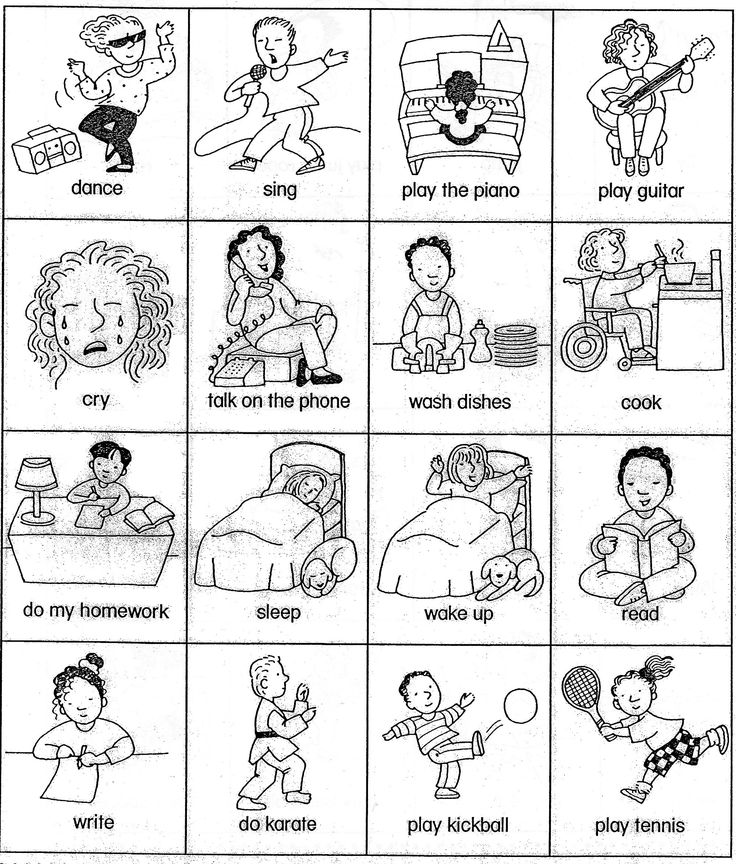
This creative drawing and listening activity is perfect for elementary students who are learning body parts. All they need is a writing utensil and the ability to draw basic pictures, and they can create their own monster!
Learn more: Busy Teacher
6. Listen and Draw MatchingThis student lead activity has two different versions for various levels of students. This cat freebie worksheet is an excellent way to practice reading, listening, and fine motor skills at the same time!
Learn more: Your Therapy Source
7. Responding With ArtKindergarten and lower elementary students love to listen to music, so why not give them a piece of paper and have them paint what they imagine from the song?
Learn more: Artful Parent
8. Preposition Listen & DrawPrepositions can be difficult to teach to ESL learners. Use this printable worksheet to help teach fine motor skills, how to follow directions and various vocabulary words!
Learn more: Top Teacher
Middle and High School Listen and DrawLooking for fun listen-and-draw activities for your 6th to 12th graders? Maybe you’re looking for some fun ESL activities for them.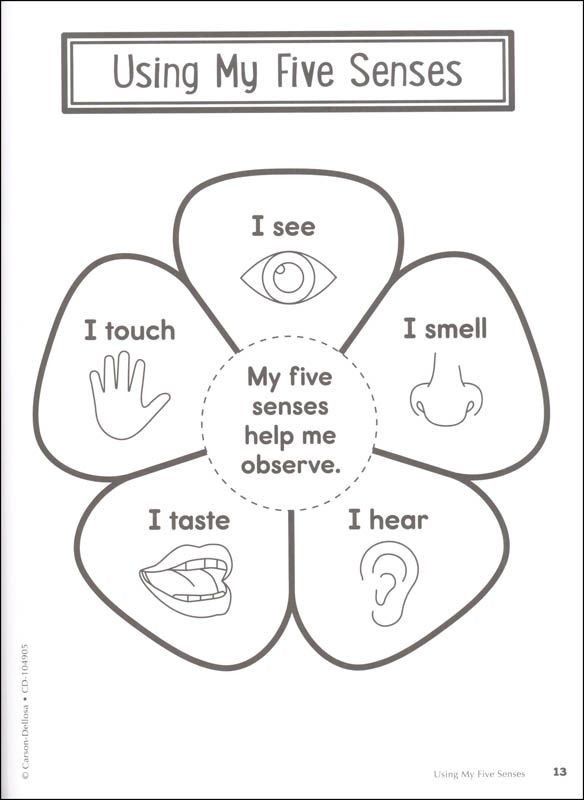 Here are 5 activities to try in your classroom.
Here are 5 activities to try in your classroom.
The ESL listen & draw book is an excellent activity for ESL and EFL classrooms. Students will use active listening and comprehension skills to draw the new vocabulary words that the instructions state.
Learn more: Scribd
10. Grid GameThe grid game is excellent for middle and high schoolers to learn communication strategies. Students will follow oral instructions and be challenged to pay attention to details.
Learn more: Teach for Teach
11. Draw ThisThis activity has a twist in which the students must collaborate with each other as they follow instructions. The final results will be an interpretation of how each student follows directions and is perfect for a classroom discussion.
Learn more: The High Schooler
12. Dictated DrawingDictated drawing is a super fun student-led activity.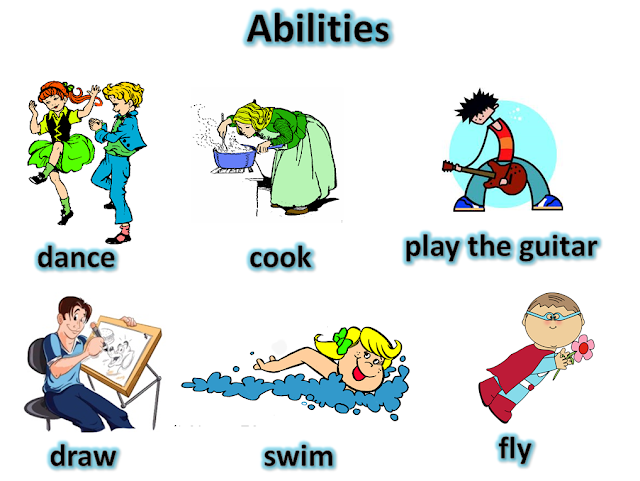 Each student will draw a picture without showing it to their partner before explaining how to draw it as the other person attempts to follow directions.
Each student will draw a picture without showing it to their partner before explaining how to draw it as the other person attempts to follow directions.
Learn more: Teachers Pay Teachers
13. Draw What You HearDraw what you hear is a great listening activity for older students to practice their creative expression. Use the playlist from the Denver Philharmonic and have your students express themselves and draw the mental images the music makes them think of.
Learn more: Denver Philarmonic
Related posts:
10 Following Directions Drawing Activity Ideas for Preschoolers
- Share
Strong listening skills are very important during early childhood and can easily be developed through fun activities and games.
One fun idea to try with your kindergartners and preschoolers is a ‘following directions drawing activity’. This means children must listen to your instructions and draw what you are telling them to draw.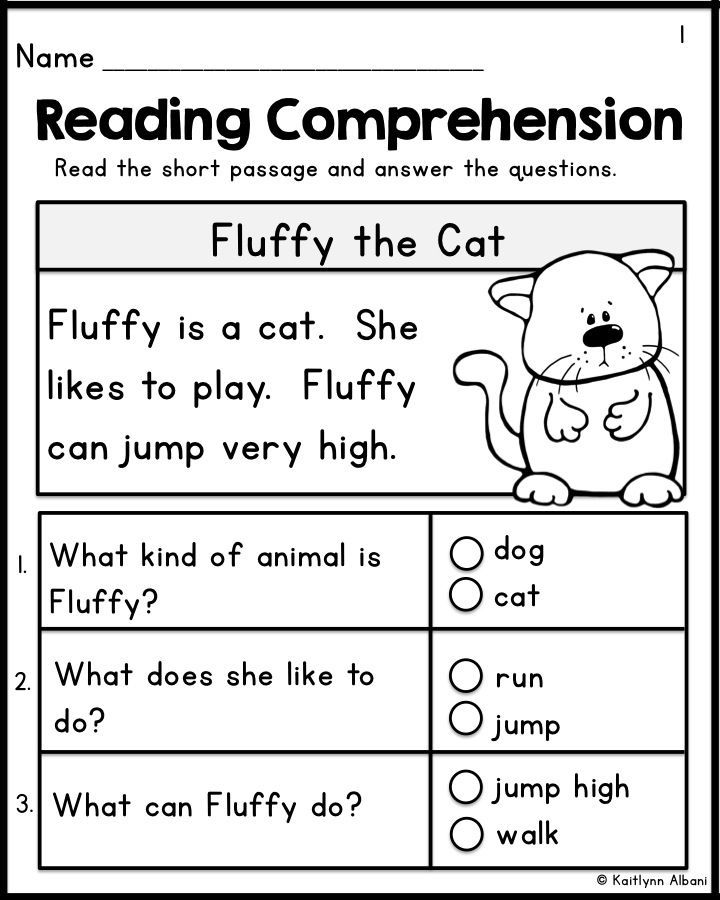
These can be random instructions (put a square in the top corner of the page, then colour it in blue), or instructions that build on each other to create an image (put a triangle on top of the square – to make a picture of a house).
Following oral directions to draw a picture is not an easy activity, but it’s a great way to build listening skills in early childhood.
It requires children to listen carefully, concentrate, filter out distractions, remember what the adult has said, process the directions in their minds, and then put those instructions into practice on paper.
This is also a good activity to practise at home with your child. All you need to get started are paper and pencils/crayons.
Here are some things to consider before beginning:
- Start out easy and increase in difficulty from basic to challenging.
- Consider your child’s level and also whether they have tried this type of activity in the past.
- Your directions are the right fit if kids can follow along as you are giving instructions and are able to put your commands into practice in their drawings.
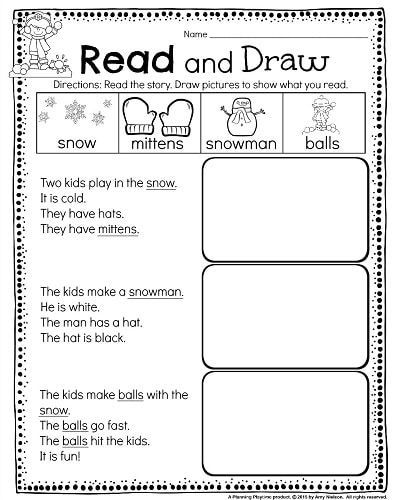
- If they are struggling through each direction, the activity is too complicated and it won’t be beneficial to them.
For kids around 4 years, begin by asking them to draw just one or two things, individually. By 5 years, many children are able to draw basic pictures by following your step-by-step directions.
Try including different concepts, such as counting, prepositions (positional words), directions (right & left), colours, shapes and sizes.
You can introduce your children to these concepts before the activity if you’d like.
Finally:
- Give one direction at a time and include plenty of wait time for kids to complete each step.
- When they are ready, you can start including two instructions or concepts in steps, such as, “draw a triangle under the circle.” Try these 2 step directions to give your kids practice following multi-step directions.
Here are some listen and draw activity instructions to refer to as examples.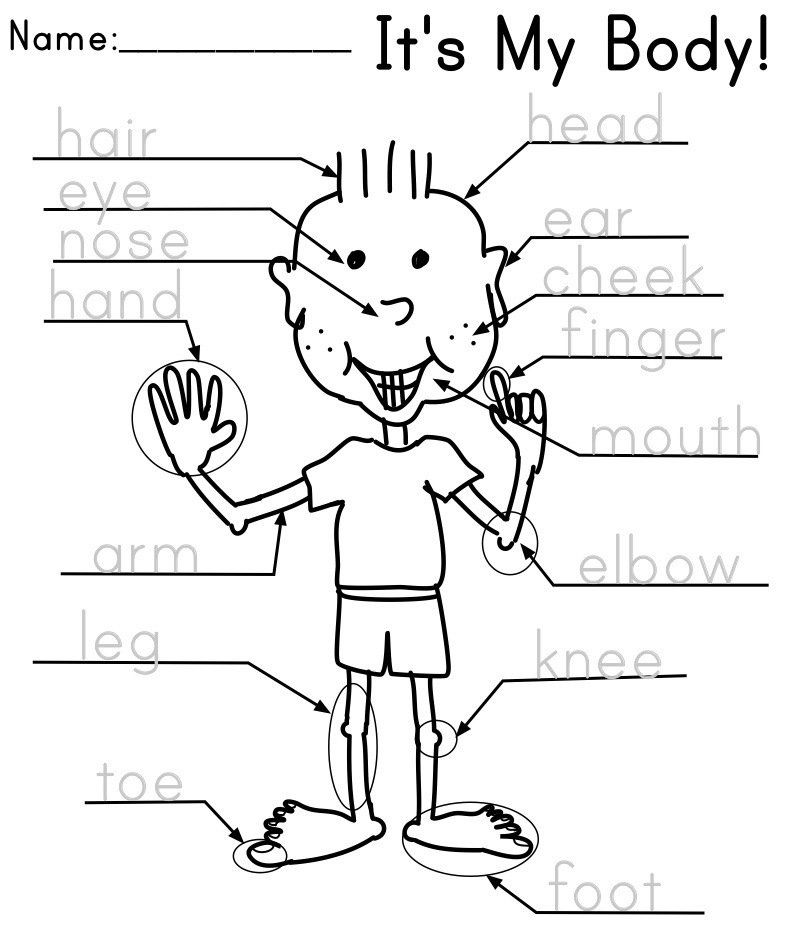 Use these as they are or change them to fit your child’s maturity and readiness.
Use these as they are or change them to fit your child’s maturity and readiness.
1. Draw a Garden
- Draw some flowers on the ground.
- Add a tree on the ground.
- Draw a bird flying over the flowers and tree.
- Add raindrops in the air.
- Draw a worm on the ground.
2. Draw a Happy Monster
- Draw a big circle.
- Add a smile inside the circle.
- Draw 3 eyes inside the circle.
- Draw 2 noses inside the circle.
- Add 5 legs around the circle.
3. Draw a Snowman
- Draw a circle.
- Add a smaller circle on top of that.
- Draw an even smaller circle on top of that one.
- Add a rectangle on the very top for a hat.
- Draw a smiley face inside the top circle.
- Draw 2 eyes in the top circle.
- Add a triangle for a nose in the top circle.
- Add 2 arms to the middle circle.
- Draw 3 round buttons inside the middle circle.
4.
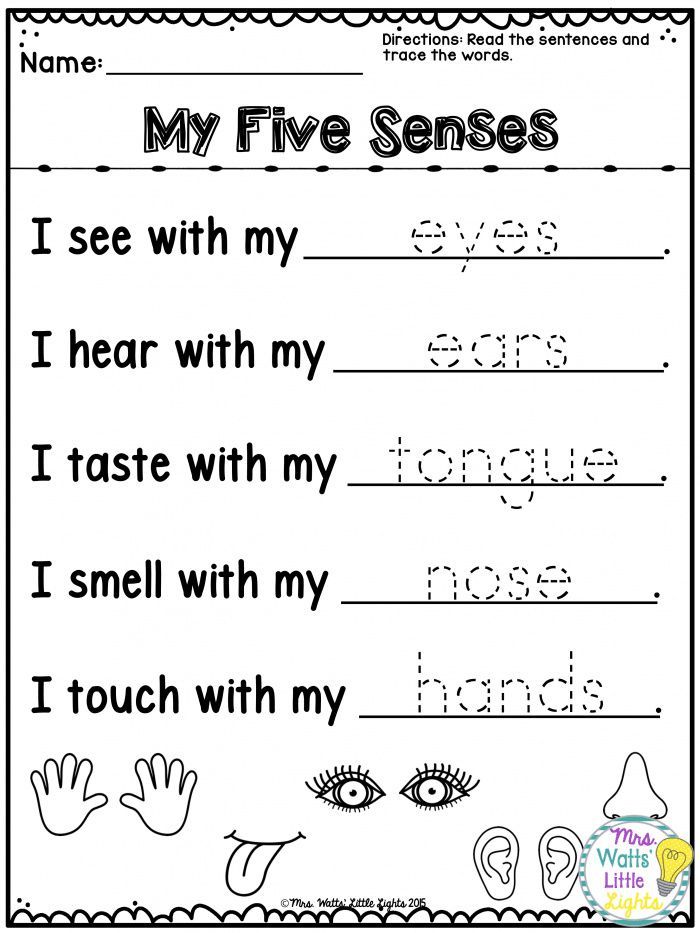 Draw a Colourful Picture
Draw a Colourful Picture- Draw something purple at the bottom of your paper.
- Add something green above the purple object.
- Draw something red on the left side of your page.
- Add something blue next to the red object.
- Draw something orange at the top of your paper.
5. Draw a Shape Robot
- Draw a square in the middle of your paper.
- Add a triangle on top of the square.
- Draw two circles at the bottom of the square.
- Add 2 small circles inside the square for the eyes.
- Draw 2 rectangles onto the square for arms.
6. Draw an Autumn Picture
- Draw 3 black trees with empty branches.
- Add orange leaves to one of the trees.
- Add red leaves to another tree.
- Add yellow leaves to the last tree.
- Draw orange, red and yellow leaves on the ground.
- Add a yellow sun in the sky.
7. Draw a Playground
- Draw green grass at the bottom of your page.
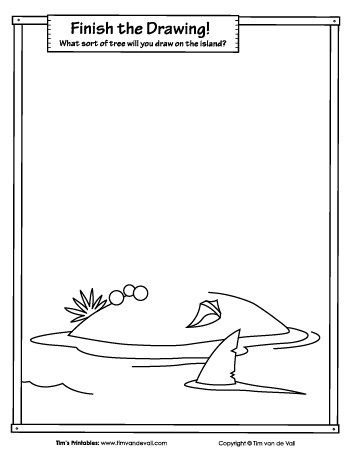
- Add a yellow sun at the top of the paper.
- Draw a black slide on top of the grass.
- Add a brown swing set next to the slide.
- Draw a blue stick person playing on the playground.
8. Draw a Silly Car
- Draw a rectangle lying on its side in the middle of your paper.
- Add 2 circles underneath the rectangle for wheels.
- Add 2 squares inside the rectangle for windows.
- Draw half a circle on top of the rectangle.
- Add a road underneath your car.
9. Draw a Message
- Draw an eyeball near the bottom left of your paper.
- Add a red heart to the right of (next to) the eyeball.
- Write the letter “U” to the right of the red heart.
- Draw a colourful rainbow near the top of your paper.
10. Draw an Underwater Picture
- Draw short green weeds at the bottom of the paper.
- Draw a red fish in the middle of your page.
- Add a purple fish next to the red fish.
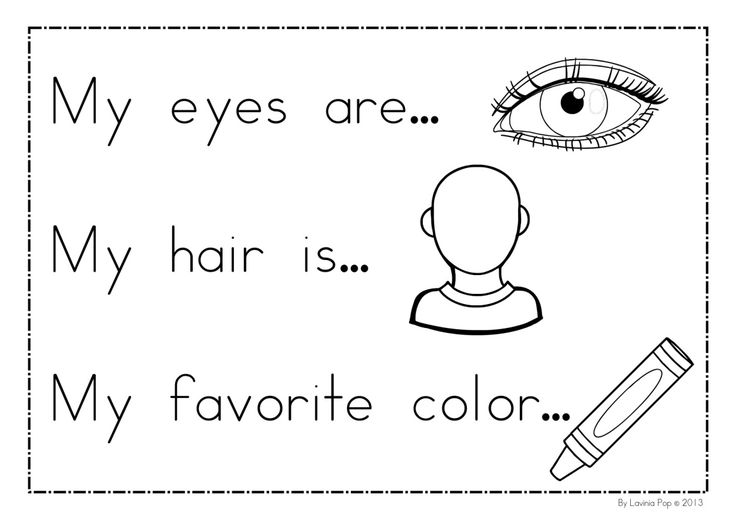
- Draw a brown boat on the left side of your paper.
- Add a black octopus with 8 arms at the bottom of the page.
- Lightly colour over your whole picture with a blue crayon.
These ‘following directions’ drawing ideas are just a few samples. Change them any way you want to fit with your kids’ learning level and personal interests.
To keep developing listening skills, try some of these listening activities for kids or play one of these great listening games:
- Broken telephone
- Simon says
- Odd one out game
- Musical statues
Read more about the importance of listening skills in early childhood.
Get FREE access to Printable Puzzles, Stories, Activity Packs and more!
Join Empowered Parents + and you’ll receive a downloadable set of printable puzzles, games and short stories, as well as the Learning Through Play Activity Pack which includes an entire year of activities for 3 to 6-year-olds.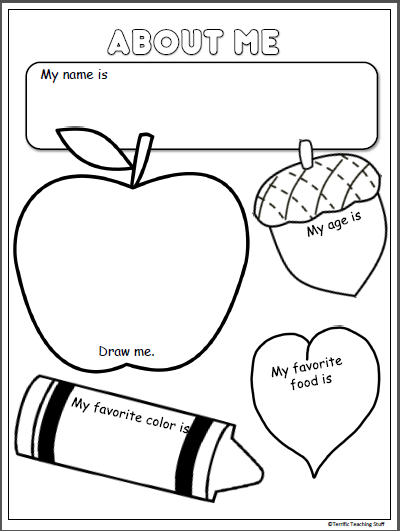
Access is free forever.
Signing up for a free Grow account is fast and easy and will allow you to bookmark articles to read later, on this website as well as many websites worldwide that use Grow.
- Share
Development of cognitive activity in preschool children through enrichment with knowledge about natural stones, sand, clay and experimentation with them
What I hear, I forget.
What I see, I remember.
What I'm doing - I understand.
The relevance of the development of cognitive activity of preschoolers is due to the need to further improve the pedagogical process in kindergarten, aimed at the optimal development of the child's personality.
We want to see our pupils as inquisitive, sociable, able to navigate the environment, solve emerging problems, independent, creative individuals.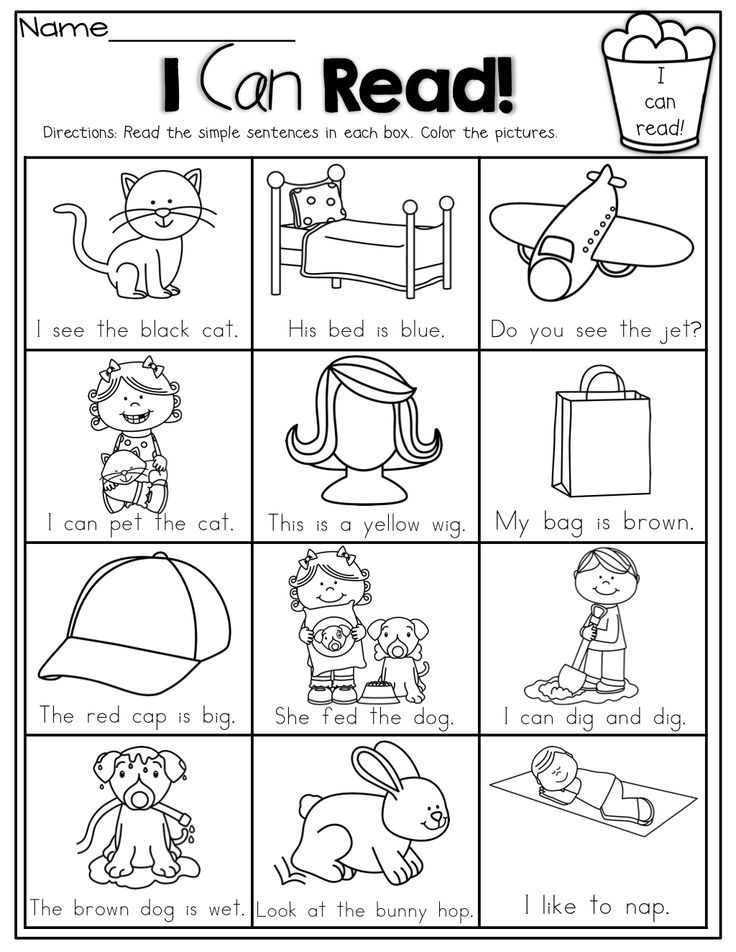 And it largely depends on us, teachers.
And it largely depends on us, teachers.
Children are explorers by nature. An indefatigable thirst for new experiences, a constant desire to independently seek new information about the world are the most important features of children's behavior. Cognitive activity is the natural state of the child, he is tuned in to the knowledge of the world, he wants to know it. It is the desire to know, understand, guess that creates the conditions for the mental development of the child to initially unfold as a process of self-development. Unrealized cognitive activity can and usually finds a way out in destructive activity.
By the senior preschool age, the possibilities of the initiative transforming activity of the child are noticeably increasing. This age period is very important for the development of the child's cognitive needs, which finds expression in the form of search, research activities aimed at the "discovery" of the new, which develops productive forms of thinking.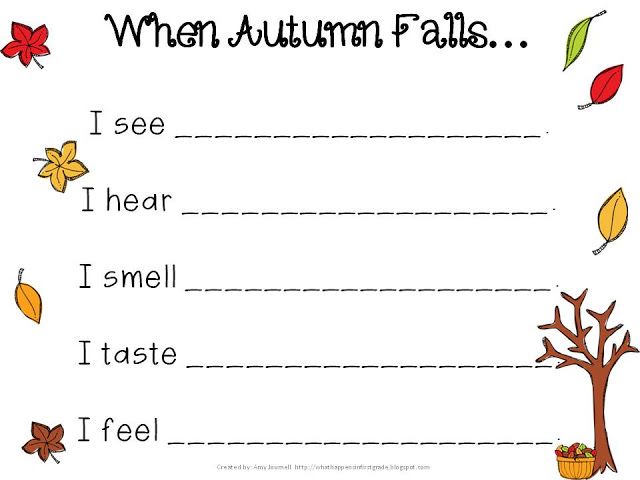 The main factor is the nature of the activity. As psychologists emphasize, it is not the abundance of knowledge that is of decisive importance for the development of the child, but the type of their assimilation, determined by the type of activity in which knowledge is acquired.
The main factor is the nature of the activity. As psychologists emphasize, it is not the abundance of knowledge that is of decisive importance for the development of the child, but the type of their assimilation, determined by the type of activity in which knowledge is acquired.
However, traditional education is most often based not on the methods of independent search, but not on reproductive activities aimed at assimilating ready-made, someone-obtained truths. Educational activity is extremely distant from cognitive activity and becomes a boring duty. The result can be a loss of curiosity, the ability to think independently.
To avoid this, it is necessary to bring the child's educational activity as close as possible to research. Research activity is understood by us not only as a process of mastering knowledge, skills and abilities, but mainly as a search for knowledge, the acquisition of knowledge independently or under the tactful guidance of an adult.
The use of the research method of teaching was advocated by such classics of pedagogical science as Ya.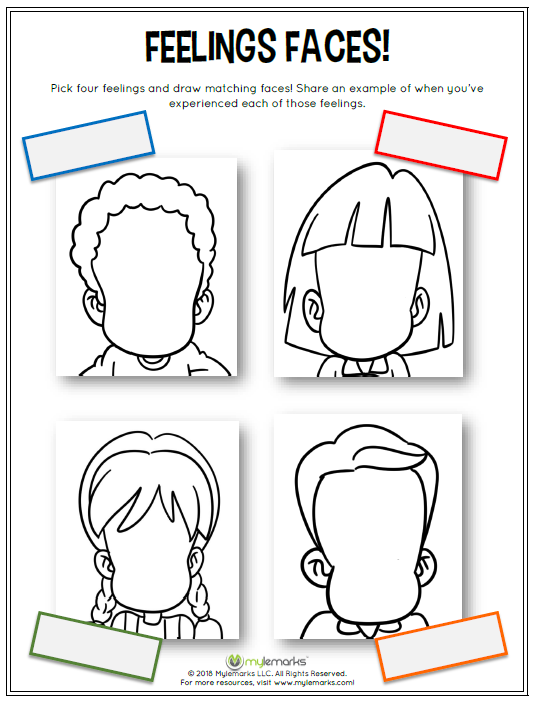 A. Komensky, I. G. Pestalozzi, K. D. Ushinsky.
A. Komensky, I. G. Pestalozzi, K. D. Ushinsky.
The works of many domestic teachers talk about the need to include preschoolers in meaningful activities, during which they themselves could discover more and more properties of objects, their similarities and differences, about the idea of their ability to acquire knowledge on their own (G. M. Lyamina, A. P. Usova, E. A. Panko and others)
The reasons for the intellectual passivity that occurs in children often lie in the limited intellectual impressions and interests of the child. At the same time, being unable to cope with the educational task, they quickly complete it if it is translated into a practical plane or a game. In this regard, children's experimentation is of particular interest.
All studies of experimentation in one form or another highlight the main feature of this cognitive activity: the child learns the object in the course of practical activities with it. The practical actions carried out by the child perform a cognitive, tentative-exploratory function, creating conditions in which the content of this object is revealed.
A Chinese proverb says: “Tell me and I will forget; show me and I will remember; let me try and I will understand.” Everything is assimilated firmly and for a long time when the child hears, sees and does it himself. This is the basis for the introduction of children's experimentation into the practice of teachers. Research activities are of great interest to children. Research provides the child with the opportunity to find answers to the questions “how?” and why?".
The theoretical basis of this work is the research of N. N. Poddyakov. He singles out the activity of experimentation as the main type of tentative research (search) activity of children: “Children’s experimentation claims to be the leading activity in the period of preschool development of the child” (N. N. Poddyakova, 1995).
Search activity is fundamentally different from any other in that the image of the goal that determines this activity has not yet been formed and is characterized by uncertainty and instability.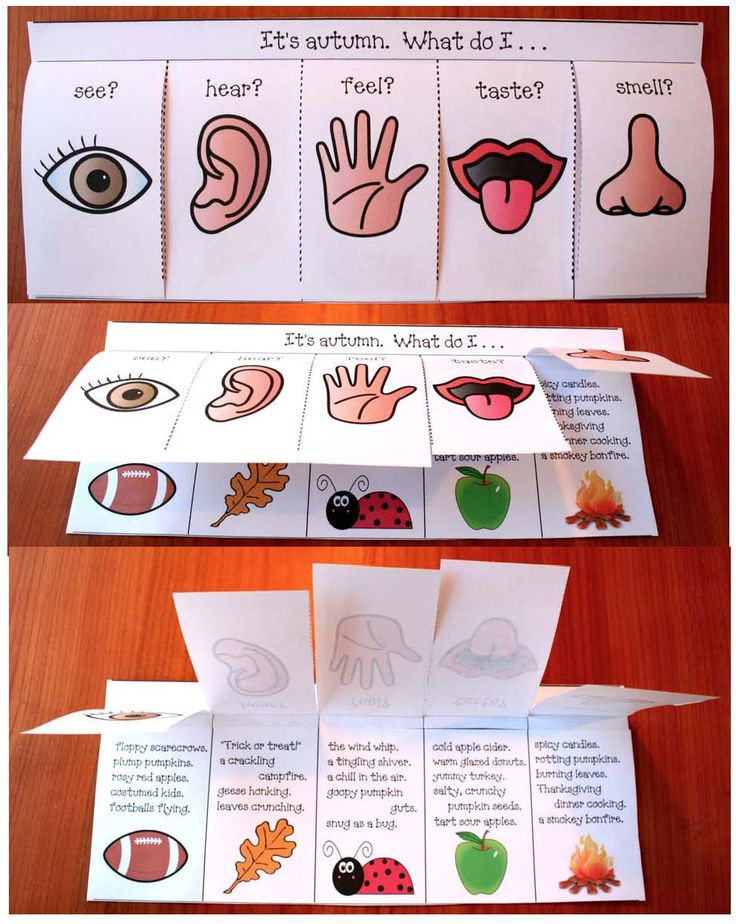 In the course of the search, it is specified, clarified. This leaves a special imprint on all actions included in the search activity: they are extremely flexible, mobile and have a trial character.
In the course of the search, it is specified, clarified. This leaves a special imprint on all actions included in the search activity: they are extremely flexible, mobile and have a trial character.
N. N. Poddyakov identifies two main types of search (experimental) activities of preschool children.
The first is characterized by the fact that activity in the process of activity comes entirely from the child. He acts as its full-fledged subject, independently building his activity: he sets its goals, looks for ways and means to achieve them, etc. In this case, the child, in the process of experimentation, satisfies his needs, his interests, his will.
The second type of search activity is organized by an adult who singles out the essential elements of the situation and teaches the child a certain algorithm of actions. Thus, the child receives the results that are predetermined by adults.
In its most complete, expanded form, research training involves the following:
- the child identifies and poses a problem that needs to be resolved;
- suggests possible solutions;
‒ checks these possible solutions based on the data;
- draws conclusions in accordance with the results of the audit;
‒ applies conclusions to new data;
- makes generalizations.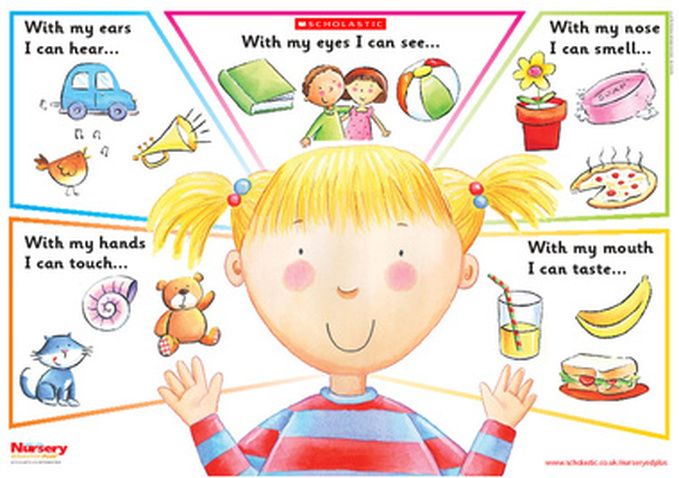
Understanding the importance of children's experimentation in the development of intellectual abilities, we strive to create conditions for the research activity of each child.
One of them is the organization and conduct of experiments with natural objects, in particular, with natural stones, sand, and clay.
Stones are amazing creations of nature. They are the same age as our planet, the same cosmic forces worked on them that created the whole world, the whole universe. And the stones remember these creative forces, they are connected with them by family ties, filled with their energy. The life of stones is not like the life of people, animals, plants. This is the life of the Earth itself, of our planet itself. We habitually attribute stones to inanimate nature, but they are born, grow, get sick, die. Our task is to enable children to realize that we live on a living planet that must be loved and protected. Studying stones is a fascinating activity. No natural material attracts with such force as a variety of stones.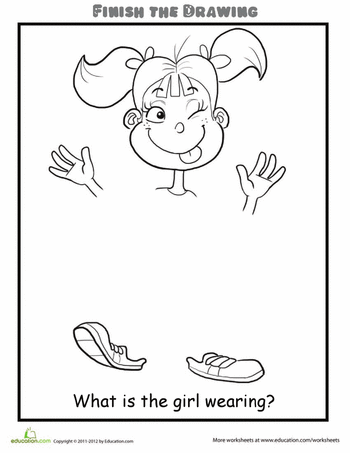 The child experiences pleasure, sorting through the pebbles, feeling their color, shape, texture. He examines intricate patterns, sometimes finding in them the most unexpected images: sea, mountains, flowers, fireworks.
The child experiences pleasure, sorting through the pebbles, feeling their color, shape, texture. He examines intricate patterns, sometimes finding in them the most unexpected images: sea, mountains, flowers, fireworks.
When conducting experiments with objects of wildlife, there is always a danger of harming them, even if not intentionally. Experimenting with natural stones, clay, sand, you can not be afraid that they will be harmed in any way.
Manipulating stones in a child has a lot of positive emotions, helps to overcome sensory deprivation in a long winter, develops fine motor skills. The use of legends, fairy tales about stones develops figurative thinking, speech. The development of attention and memory is more active. In the process of experimenting with stones, children learn to see and identify a problem, set a goal, analyze an object, highlight significant features and connections, independently carry out an experiment, and draw conclusions. In addition, experiments provide a personality-oriented interaction of the educator - together, on equal terms, as partners.
Considering all of the above, I came to the conclusion that it is necessary to introduce children's experimentation with natural stones into the pedagogical process.
The game "Think of a fairy tale about a stone"
Purpose: to develop children's interest in stones, to teach to see the distinguishing features of different stones, to develop creative abilities.
Game progress
The teacher invites the children to come up with a fairy tale about the magical transformations of stones. Let the stone become the main character of the fairy tale, it will have a name, friends, enemies...
The teacher begins: “On the road lay the most ordinary gray stone. And suddenly…” And what happened “suddenly” is invented by children.
Game "Rocks and minerals"
Purpose: to help children understand what minerals and rocks are, to develop creative abilities.
Game progress
Children are given identical sets of designer parts.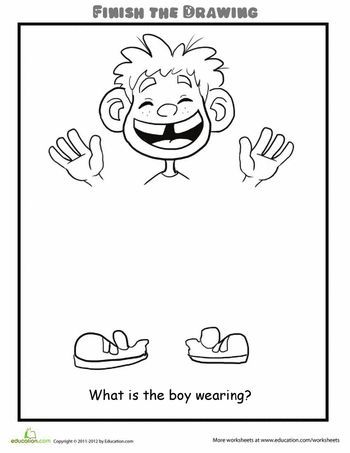 The details will be “minerals”, and what will come out of them will be “rocks”. Each child assembles his own design, which he wants. When the products are ready, the teacher puts them on the table so that everyone can see them. He draws the children's attention to the fact that although everyone had the same details - "minerals", the products - "rocks" turned out to be different.
The details will be “minerals”, and what will come out of them will be “rocks”. Each child assembles his own design, which he wants. When the products are ready, the teacher puts them on the table so that everyone can see them. He draws the children's attention to the fact that although everyone had the same details - "minerals", the products - "rocks" turned out to be different.
Each child talks about their product. Need to say. How is it similar to the products of other children and how is it different.
The game "Patterns in the sand"
Purpose: consolidation of knowledge about sensory standards, establishment of patterns.
Game progress
An adult with a finger, the edge of a palm, a brush in the upper part of the sandbox draws various geometric shapes (in accordance with age standards for mastering), simple / complex patterns (straight and wavy paths, fences, ladders). The child must draw the same pattern below in the sand, or continue the adult's pattern. Option: an adult draws on the board, gives verbal instructions to draw a certain pattern on the sand.
Option: an adult draws on the board, gives verbal instructions to draw a certain pattern on the sand.
The same patterns on the sand are made by laying out objects in a given sequence, for example, pebbles, large buttons, etc.
Sand Fairy. Today you and I will decorate our sand house. See what patterns you can draw in the sand. Draw like me. Come up with your own pattern. At the top of the sandbox there will be patterns of circles, and at the bottom - of triangles.
Literature:
- Gladysheva T.P. "The Magic of Stone". St. Petersburg, Diamant LLC, 2002.
- Galpershtein L. Ya. "How life began." Popular science publication for children. Moscow, Rosmen-Press LLC, 2002.
- Organization of experimental activities of preschoolers: Methodological recommendations. Edited by Prokhorova L. N. Moscow, ARCTTI, 2005.
- Nikolaeva S. N. “Young ecologist. The program and conditions for its implementation in kindergarten.
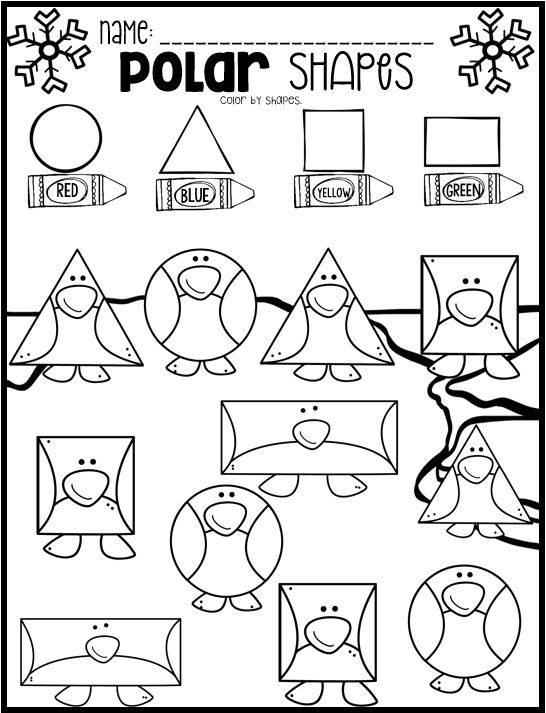 Moscow - Synthesis.
Moscow - Synthesis. - Savinkov A. I. “Little explorer. How to teach a preschooler to acquire knowledge. Yaroslavl, "Academy of Development", 2002.
Basic terms (automatically generated) : children's experimentation, stone, child, research activity, search activity, pattern, game progress, sandbox top, pedagogical process, cognitive activity.
Activity aimed at the development of the cognitive sphere in children of senior preschool age | Plan-summary of the lesson (preparatory group) on the topic:
Lesson for children of senior preschool age on the development of the cognitive sphere.
Goal: development of higher mental functions
Category of participants: children 5-6 years old
Number of people: 2-3
Tasks:
- Development of fine motor skills of hands.
- Formation of the method of highlighting semantic supports in the condition of the task, the ability to work according to a multi-link verbal instruction.
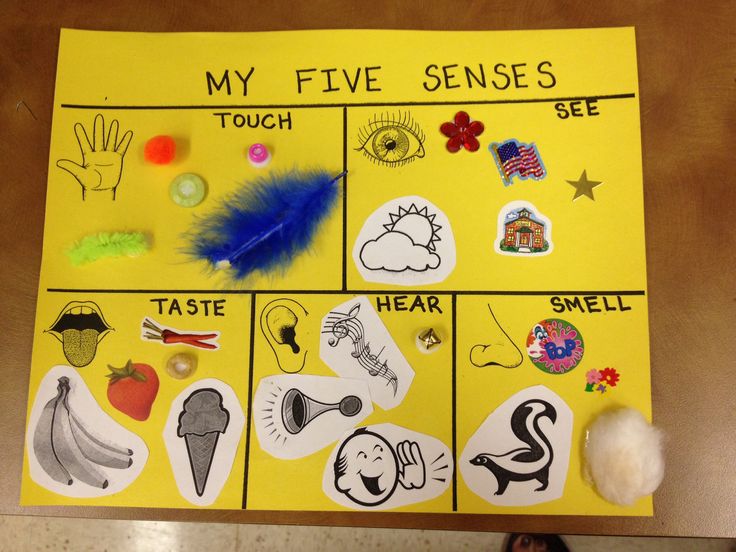
- Development of visual memory, powers of observation.
- Development of voluntary auditory attention and auditory perception.
- Development of speech, enrichment of the active dictionary.
Equipment: colored pencils, sheets of paper according to the number of participants, colored geometric shapes (circle, square, rectangle, oval, rhombus) according to the number of children, pictures depicting animals and their cubs, cards depicting various objects and separately - materials, from which these items are made, ten subject pictures.
Lesson progress.
- Introduction.
Exercise "Hare, Smile"
Singing a Russian folk rhyme, encourage the children to repeat the actions described in it:
Hare, smile, gray smile, Smile like that, like that!
(Smile at the child.)
Hare, take a bow, little grey, take a bow, Bow like this, bow like that!
(Show me how to bow.)
Hare, turn around, little grey, turn around, Turn around like this, that way!
(Turn around with outstretched arms).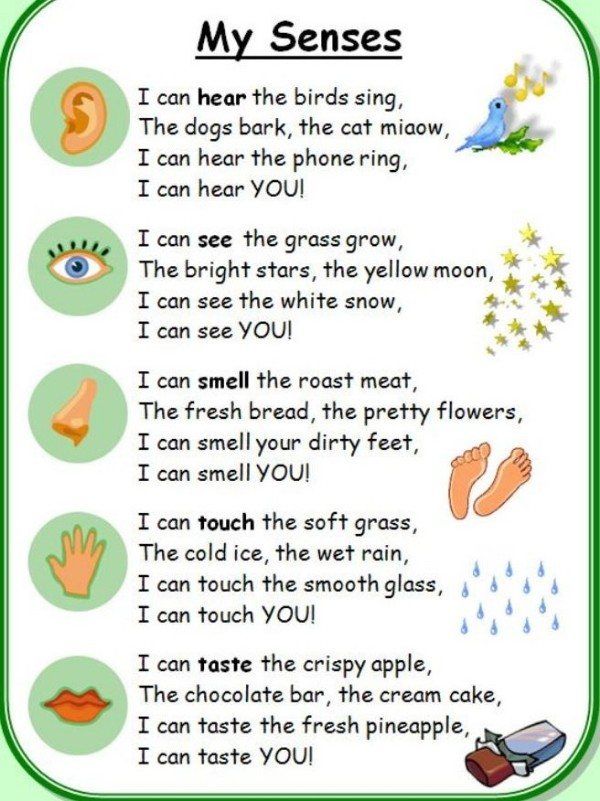
Zainka, stomp your foot, grey, stomp your foot, Like this, like that, stomp your foot!
(Stomp with each foot in turn.)
Repeat the exercise 2-3 times.
- Main body.
Find the mistake exercise
Divide the sheet in half with a vertical line. Lay out a pattern of geometric shapes on each half. Ask the children to turn away and make minor changes to the pattern on one half of the paper. Invite the children to find the inaccuracy and rearrange the figures in accordance with the pattern.
Exercise “Who becomes who?”
Look at the pictures of adult animals and their young. Ask the children to name each of the animals they see. Point out to the children that the names of the cubs and their parents often sound different. For example, a dog is a puppy, a cow is a calf, etc.
Read A. Shibaev's poem:
Who becomes who?
Once upon a time there was a little puppy.
He has grown up, however,
And now he is not a puppy -
Adult.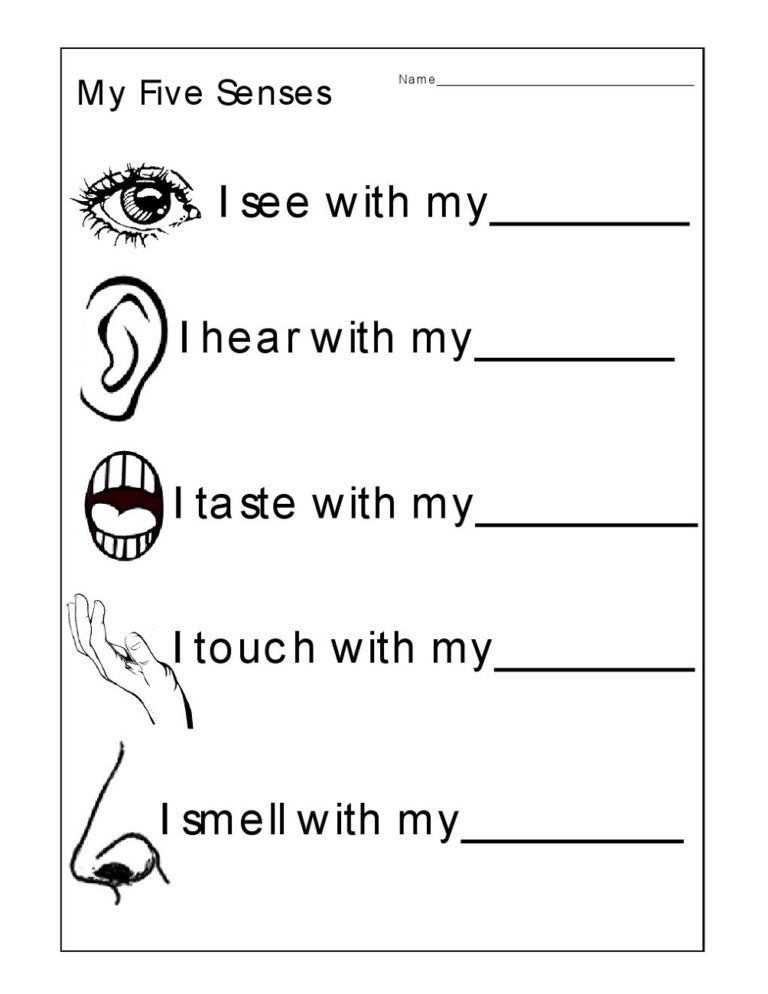 .. (dog).
.. (dog).
Foal - every day
He grew up and became ... (horse).
Ox, mighty giant,
As a child, he was...
Fat lamb ram -
Plump ... (lamb).
That important cat Fluffy -
Little... (kitten).
A brave cockerel -
Tiny ... (chicken).
Little goslings
Grow up... ducks —
Especially for children,
Those who love jokes.
Think of the names of other animals and their babies.
Game "What from what?"
Prepare cards with different items and separately - the materials from which these items are made. For example, a house is a brick, a fur coat is fur, a tree is a chair. Ask the child to tell what each item is made of. Invite the children to combine item cards and material cards.
Look and remember game
Place 10 cards with pictures of different objects in front of the child. Offer to look at them and try to remember the pictures you see. Remove the cards and ask the child to answer your questions:
What objects did you see?
What color was this or that image (specify what exactly)?
Which objects in the picture are similar to each other?
Remember the two pictures that lay side by side.